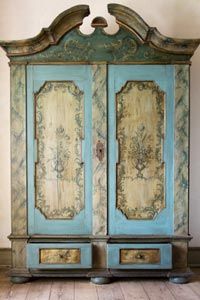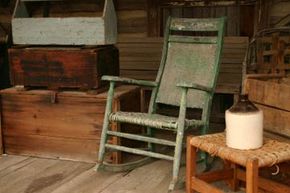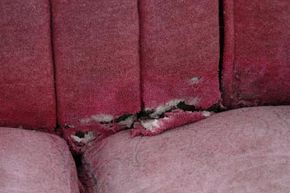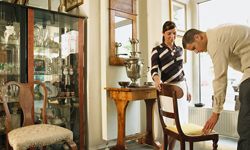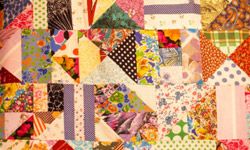If your home is full of all-new furniture that you purchased yourself, you may be in the minority. Most of us own at least one item that used to belong to a family member, a friend or a stranger. But some of these pieces aren't just hand-me-downs -- you consider them heirlooms.
What's the difference? To some extent, it's in the eye of the beholder. Heirloom furniture has been passed down to you from a relative, perhaps through several generations of your family. That chest or sofa or armoire is something valuable, whether it's measured in sentiment or money.
Advertisement
But heirloom furniture requires some extra care to preserve it, like any antique. A few dings or some water damage on the dresser that you bought at a discount store likely wouldn't upset you nearly as much as if the same thing happened to the table that belonged to your great-grandmother. Heirloom furniture basically has two main types of enemies: people and the environment. Even with the best of intentions, people clean, use and handle furniture incorrectly. Caring for it the wrong way can both decrease the value of the piece and shorten its lifespan. Temperature, humidity, sunlight and pests also do their best to ruin your furniture.
So does this mean that you should shut your heirloom furniture away somewhere? Not at all -- there's a happy medium between treating your furniture like a museum piece and treating it like something you picked up off the curb. All you need is a little knowledge to combat those foes, and your heirloom furniture will stay in great condition for future generations to enjoy.
Advertisement
